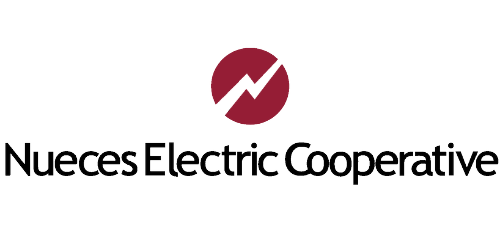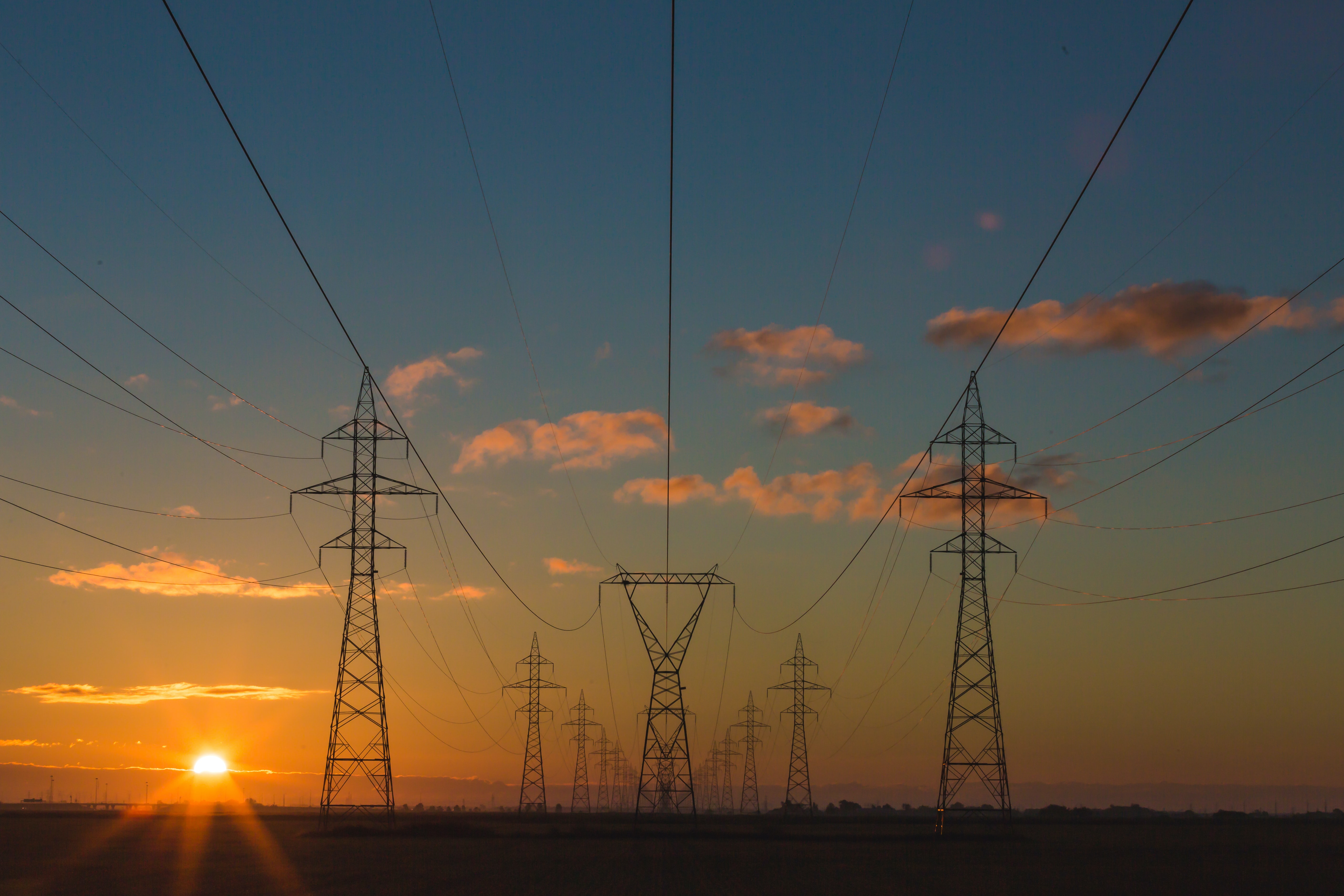ERCOT FAQs
ERCOT stands for the Electric Reliability Council of Texas. It is an independent electric-system operator, managing most of the Texas electric grid. ERCOT is governed by a board of directors, with oversight by the Public Utilities Commission of Texas and the State Legislature. Its members include consumers, and electricity generators, marketers, and providers. “Providers” include transmission and distribution specialists, investor-owned utilities, public-owned municipal utilities, and cooperatives like NEC.
ERCOT manages the power supply to over 25 million Texas electric customers. It schedules and regulates electricity across a grid of 46,500 miles of transmission line and more than 650 generation units, balancing supply, and demand in real time. ERCOT manages around 90 percent of our statewide electric load. It’s not incorrect to think of this agency as both gatekeeper and warden of the Texas power grid.
ERCOT works 24 hours a day, 365 days a year to make sure the amount of power consumed on the grid never equals or exceeds total generation capacity. When there’s an imbalance at the local level, ERCOT works with generators and suppliers to make sure the difference is financially “settled.”
Every year, ERCOT takes inventory of statewide generation capacity. From this assessment, the agency creates a forecast of how much total electricity generation will be possible across the grid, all at once, during day-to-day operations around the state. The agency also strives to maintain its reserve capacity each year at 13.75 percent of estimated peak usage.
Throughout the state, summer is a time of intense electric usage, especially through the week, between 3 and 7 p.m. In addition to this being the hottest part of the day, it’s also when people are arriving home from work and school and are cranking down the AC, turning on the TV, starting dinner, running the dishwasher and so forth.
Winter is also a time consumers pull much energy when heating their homes. Winter peak demands tend to occur during the early morning from 5 to 9 a.m. and early evening from 4 to 9 p.m. Power shortages between generators and suppliers do happen across the Texas grid. High energy demand at the local level usually doesn’t have much impact statewide; however, an all-at-once spike in demand across the Texas grid that approaches or exceeds total, statewide capacity can have serious consequences for availability. Such spikes are a very real threat during the height of Texas summers or on occasions of extreme winter temperatures. One of ERCOTS’s most important tools for helping restrain usage across the grid is known as the four coincidental peaks (4CP).
The 4CPs occur one per month every June, July, August, and September. These peaks happen when demand for electricity across the statewide grid reaches its highest point. ERCOT bases the next year’s share of transmission costs for each Texas provider on the provider’s share of grid demand during these four peaks. It’s important, then, for each consumer within a provider’s territory to restrain usage as much as possible during 4CPs to keep rates down.
ERCOT does have plans in place, including a reserve power supply, in the event that statewide power consumption comes close to equaling or surpassing what’s generated and delivered. The agency’s system is made up of a preemptive Conservation Alert and three Energy Emergency Alerts (EEA). These alerts increase in severity with each new level.
Conservation Alert
At this level, ERCOT aims to raise public awareness about shrinking reserves and the need to actively conserve energy to prevent emergency conditions.
Emergency Alerts
Level 1: The first EEA level is Conservation Needed. ERCOT issues this alert when operating reserves drop below a target threshold. This level puts providers on notice to take preliminary measures to curb demand before the situation worsens.
Level 2: If conditions worsen, ERCOT will next issue an EEA Level 2 – Conservation Critical. At this level, providers are permitted to reduce their power load by interrupting supply to large commercial and industrial accounts. The contracts these clients sign stipulate that such measures may be necessary in an emergency.
Level 3: If power supply declines further, ERCOT will then declare an EEA Level 3 – Rotating Outages in Progress, the final alert level. At this level, ERCOT will require electricity providers throughout the state to begin introducing temporary outages at the local distribution level—also known as rolling brownouts or rotating outages.
Rotating outages, sometimes referred to as “brownouts,” are temporary, controlled interruptions of service. They typically last 15-45 minutes. During these outages, service is interrupted within only one section of a local grid at a time before rolling on to another section.
ERCOT Efficiency Tips For Winter
Limit electricity usage to only that consumption that is absolutely necessary. Turn off all unnecessary lights, appliances and electronic equipment.
Turn the temperature on your thermostat down to 68 degrees. If that seems too cool, find ways to stay warm in your home without turning up the heat.
Do not use your dishwasher, laundry equipment, hair dryers, coffee makers, pool pump or other home appliances unless absolutely necessary, especially between the hours of 5 to 9 a.m. and 4 to 9 p.m.
Open blinds and drapes on sunny days to utilize the sun’s natural heat during the day. Close them at night to reduce the amount of heat lost through your windows.
Businesses should minimize the use of electric lighting and electricity-consuming equipment as much as possible. Larger consumers of electricity should consider shutting down or reducing nonessential production processes.
ERCOT Efficiency Tips For Summer
Use fans when you’re home, but turn them off when you leave the room. Although fans don’t lower the room temperature, they make your skin feel 4 to 6 degrees cooler, allowing you to set your thermostat temperature higher.
Set thermostats 2 to 3 degrees higher, from 3 to 7 p.m. NEC recommends setting your thermostat to 78 degrees all summer long or to the highest possible temperature you can tolerate.
You can help lessen strain on the grid during peak times by running your pool pump outside the 3 to 7 p.m. time frame.
Avoid using large appliances during peak time, which is between 3 and 7 p.m.
Close curtains and blinds during the hottest part of the day. Doing so helps prevent heat gain through your windows, improving energy efficiency.
Make sure to turn off unnecessary lighting when you leave a room and before you leave home.
Wash your clothes in cold water. By some estimates, up to 30 percent of a home’s energy bill comes from the water heater.
Dry clothes in the morning or overnight, after the 3 p.m. – 7 p.m. peak window.
Many current electronic devices continue using power even after the power button is switched to the off position. Coffeemakers, computers, gaming consoles, smart TVs and more fall into this category. Generally, if a device has a power indicator light that remains on even when the device is powered off, it is still draining electricity. We recommend plugging energy vampires into a power strip. This way, you can turn them all off at once with a flick of the switch.
In addition to lowering an HVAC system’s energy efficiency, a dirty AC filter can cause lots of problems, including increased wear and tear on the system, uneven cooling and more.

